removing veneer from old table
nosoccermom
10 years ago
Related Stories
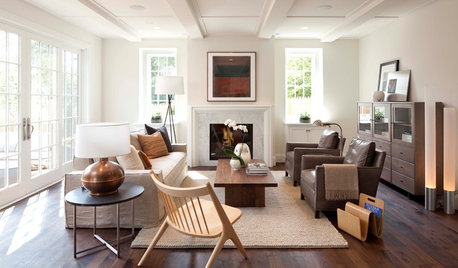
HOUSEKEEPINGHow to Remove Water Rings From Wood Tables
You may be surprised by some of these ideas for removing cloudy white water marks from wood surfaces
Full Story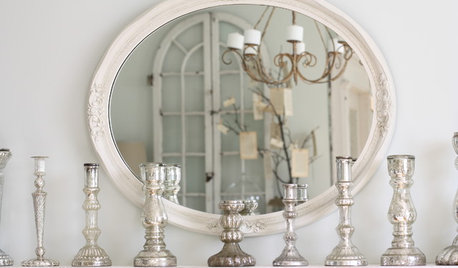
HOUSEKEEPINGThe Simple Way to Remove Wax From Candlesticks
Before you make a mess of things, read these easy steps for removing melted wax from your candlesticks
Full Story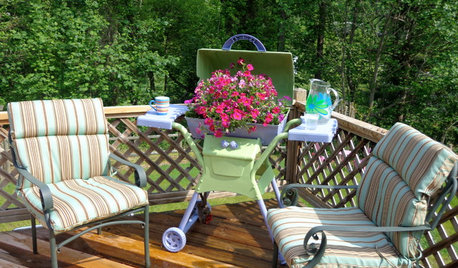
SALVAGEReinvent It: Make a Cheery Planter From an Old Eyesore
Don't ignore that yucky old grill growing rust in your yard — turn it into a lighthearted planter that's a joy to see
Full Story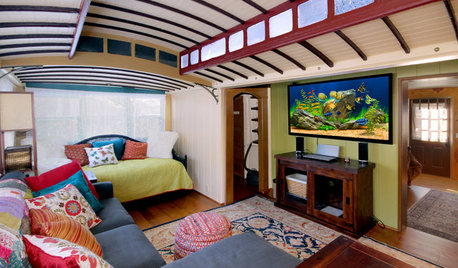
HOUZZ TVHouzz TV: See a Funky Beach Home Made From Old Streetcars
A bold color palette zaps life into a Santa Cruz, California, home built out of two streetcars from the early 1920s
Full Story
DECORATING GUIDESFrom Queasy Colors to Killer Tables: Your Worst Decorating Mistakes
Houzzers spill the beans about buying blunders, painting problems and DIY disasters
Full Story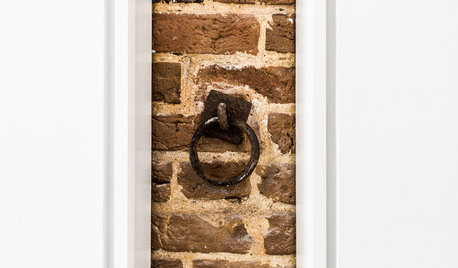
LIFEYou Said It: ‘Rather Than Remove Them, They Framed Them’
Design advice, inspiration and observations that struck a chord this week
Full Story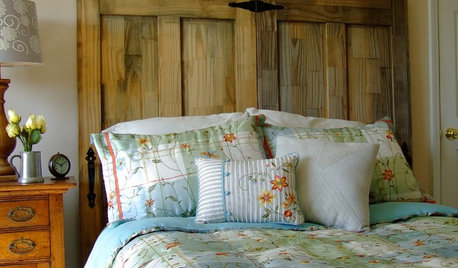
DIY PROJECTSMake Your Own Rustic-Chic Headboard From Salvaged Doors
Turn old doors into a charming headboard with these step-by-step instructions from an expert woodworker
Full Story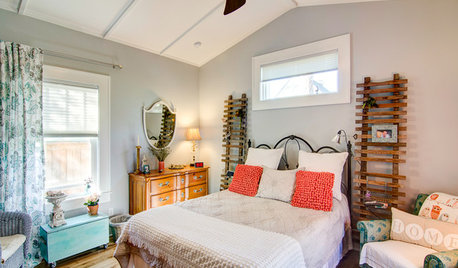
BEDROOMSRoom of the Day: From Laundry Room to Shabby Chic-Style Master Suite
A Florida bungalow addition mixes modern amenities with pieces of the past, thanks to a homeowner’s love for using old things in new ways
Full Story
MOST POPULARFrom the Pros: How to Paint Kitchen Cabinets
Want a major new look for your kitchen or bathroom cabinets on a DIY budget? Don't pick up a paintbrush until you read this
Full Story
MOST POPULAR15 Remodeling ‘Uh-Oh’ Moments to Learn From
The road to successful design is paved with disaster stories. What’s yours?
Full Story





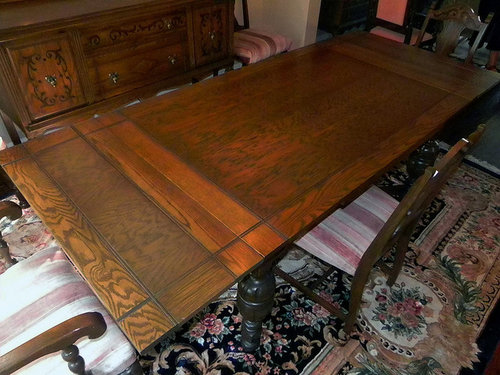
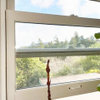


klem1
nosoccermomOriginal Author
Related Professionals
Lackawanna Cabinets & Cabinetry · Rowland Heights Cabinets & Cabinetry · Saugus Cabinets & Cabinetry · Pickerington Carpenters · Snoqualmie Carpenters · Levittown Carpenters · Corona Flooring Contractors · Knoxville Flooring Contractors · Nashville Flooring Contractors · Cocoa Flooring Contractors · Fort Wayne Furniture & Accessories · Framingham Furniture & Accessories · Portage Furniture & Accessories · Northbrook Furniture & Accessories · Chantilly Handymantalley_sue_nyc
nosoccermomOriginal Author
klem1
lazy_gardens
nosoccermomOriginal Author
klem1
nosoccermomOriginal Author
klem1
nosoccermomOriginal Author